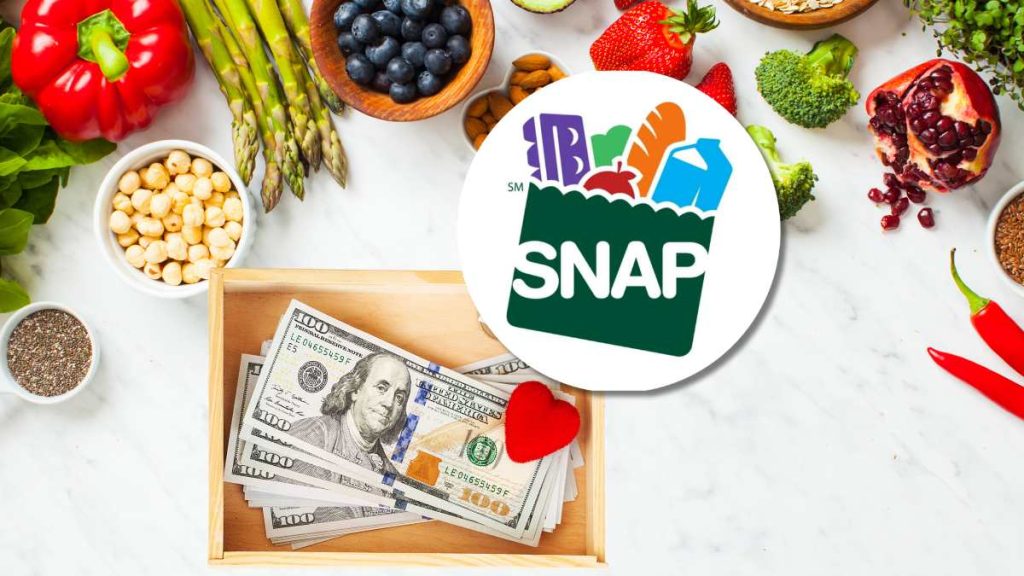The Supplemental Nutrition Assistance Program (SNAP), formerly known as Food Stamps, continues to support more than 42 million low-income individuals and families in the United States, ensuring they have access to nutritious foods year-round, especially in festive times such as the end and beginning of the year.
One of the states with the largest populations of SNAP benefit recipients is Florida, where the distribution of SNAP benefits is handled by the Department of Children and Families (DCF). There, as in the rest of the states and territories where the program operates, Electronic Benefit Transfer (EBT) cards are used to facilitate payments.
Florida SNAP payment dates in January 2025
SNAP benefits are distributed monthly, a process that is based on a specific structure related to the beneficiary’s case number. This methodology ensures that payments are distributed in an organized and efficient manner throughout the month. The date of receipt varies depending on the eighth and ninth digits of the case number, excluding the tenth digit.
The SNAP payment schedule for January 2025 is detailed as follows, based on each beneficiary’s case number:
- For case numbers beginning with 00-03, payment will be made on January 1.
- Case numbers 04-06 will receive their payment on January 2.
- For numbers 07-10, the expected date is January 3.
- Cases 11-13 will have their benefit on January 4.
- Numbers 14-17 will receive their payment on January 5.
- Those who have the numbers 18-20 will receive it on January 6.
- Finally, case numbers 21-24 will get their payment on January 7.
Changes to expect on SNAP benefits in Florida and the rest of the states
One of the most significant changes will introduce an increase in the program’s monthly allocations, an action that aims to counteract the impact of inflation on food prices. The adjustment in monthly allowances will allow beneficiaries to have greater support to cover their food needs more effectively, with the 2.5% increase applied according to the cost of living adjustment (COLA).
As of September 30, 2025, maximum SNAP benefits, which vary by household size, are detailed as follows in the lower 49 states and Washington D.C.:
- 1 member: $292
- 2 members: $536
- 3 members: $768
- 4 members: $975
- 5 members: $1,158
- 6 members: $1,390
- 7 members: $1,536
- 8 members: $1,756
- Each additional member: +$220
For those residing in Hawaii, Alaska, Guam, or the US Virgin Islands, these benefits may be significantly greater due to the high cost of living in those areas. If you’re among them, check this official document of the United States Department of Agriculture (USDA), with all the values for the states and territories.
Eligibility Criteria and Income Threshold Changes
Not all families are eligible to receive the same amount of benefits. Eligibility for the SNAP program depends on several factors, including income, household size, expenses, assets, and citizenship status. Starting in 2025, an adjustment to the income limits to qualify for the program will be implemented. This gross income threshold will increase to 140% of the federal poverty level (FPL), increasing from 130% established in 2024.
This change means that a family of three will be able to receive up to $3,400 per month and remain eligible for assistance, a significant improvement over the previous limit of $3,000. This modification seeks to expand access to the program and allow more families in vulnerable situations to receive nutritional support.
